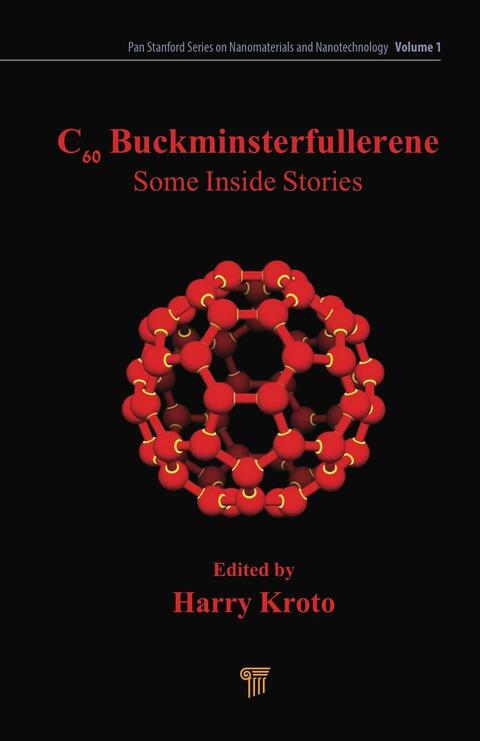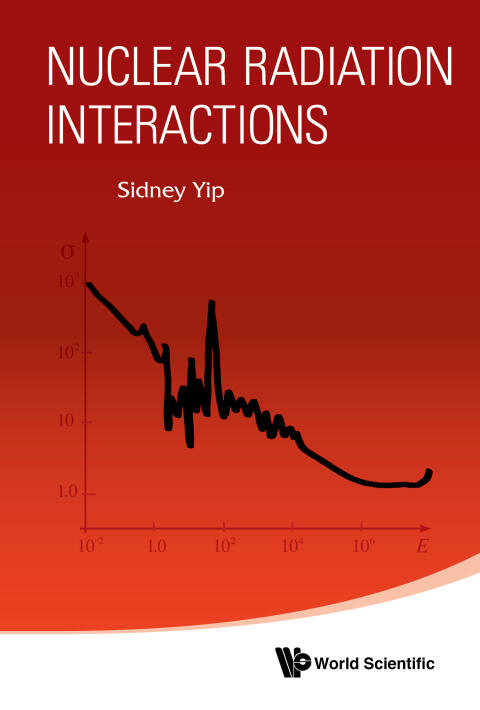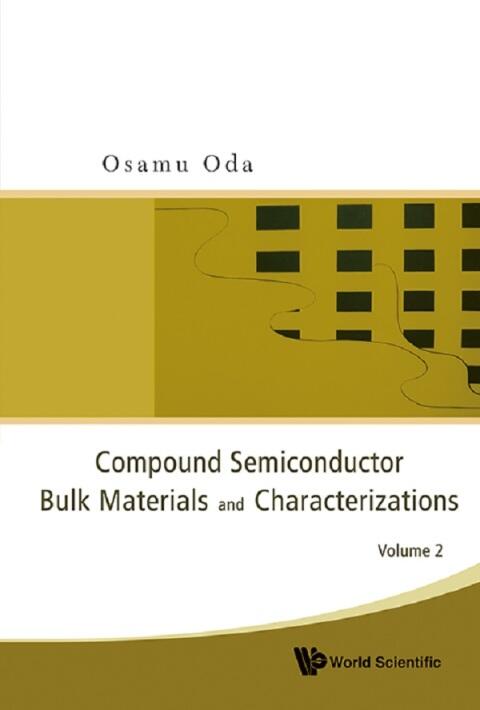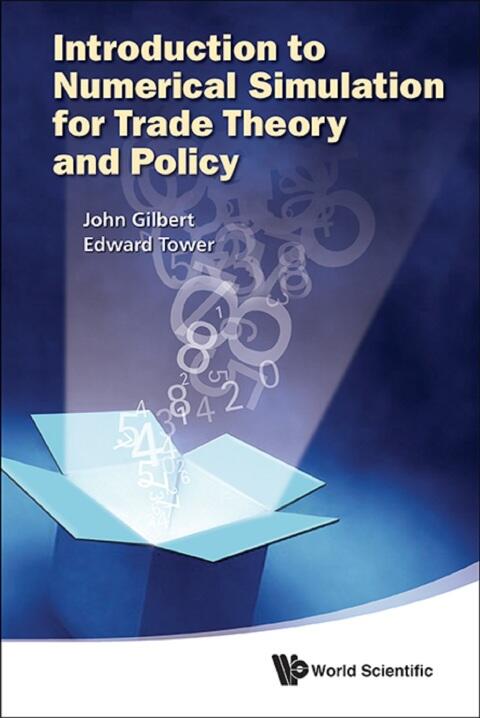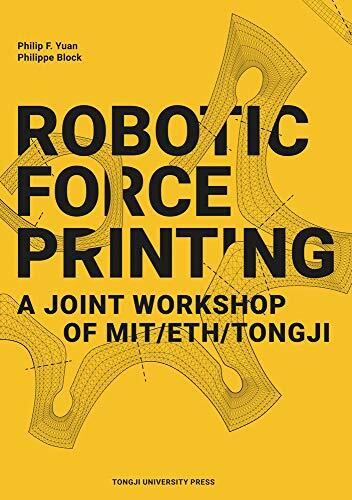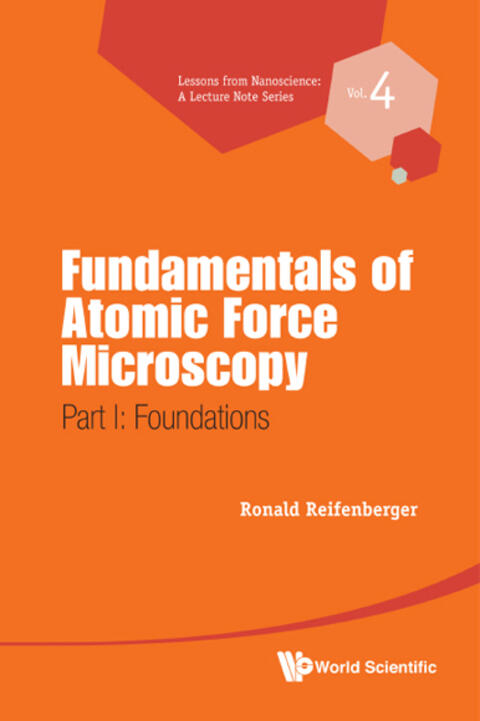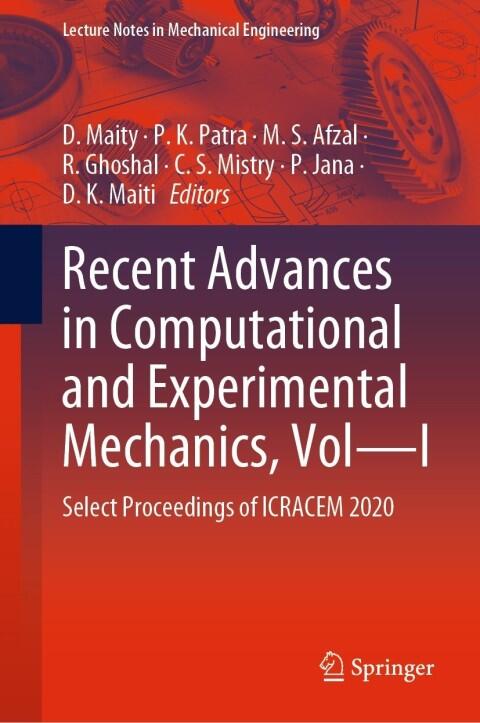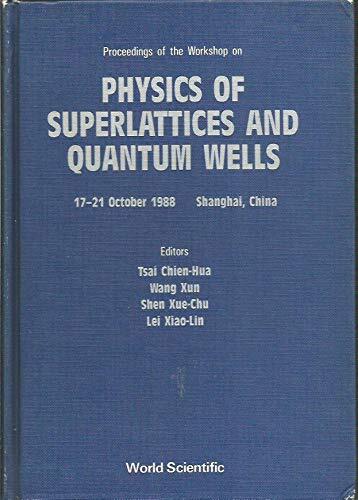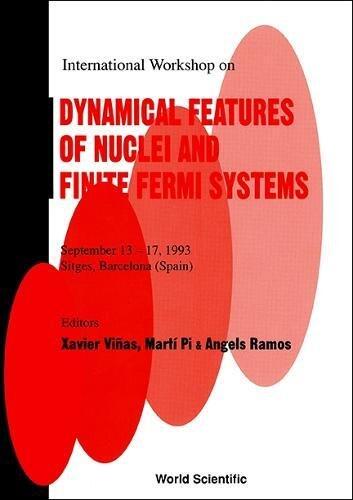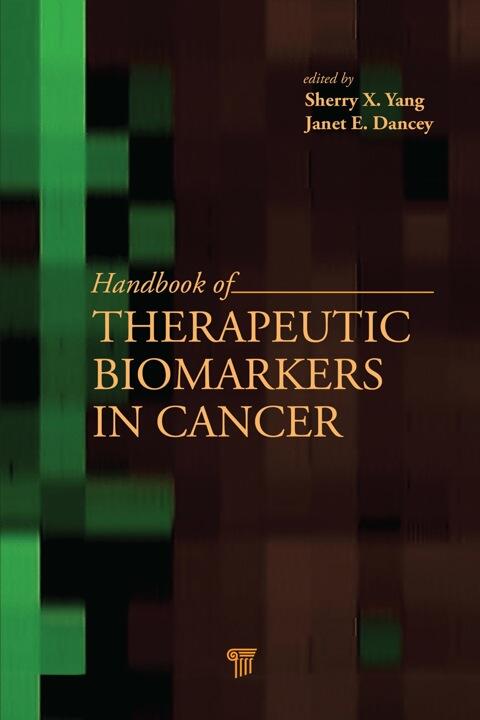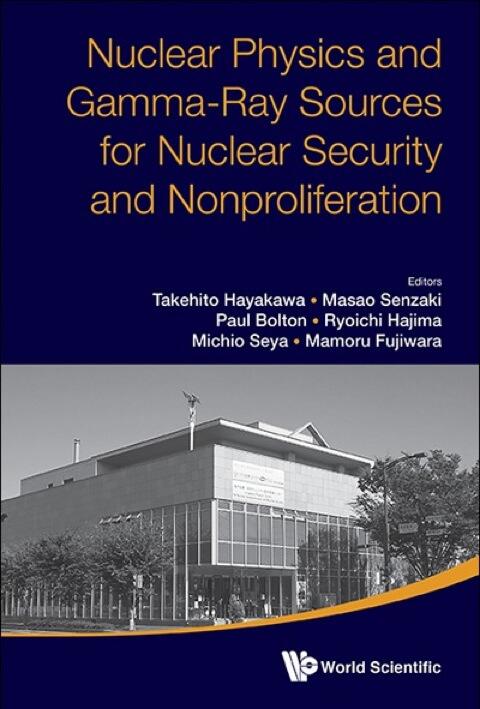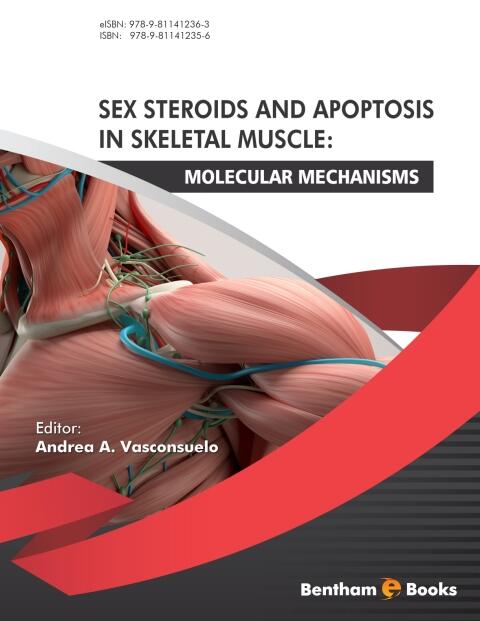
Sex Steroids and Apoptosis In Skeletal Muscle: Molecular Mechanisms
작성자
Andrea A. Vasconsuelo
아직 평점이 없습니다
Thriller & Suspense
Action & Adventure
Science & Technology
+1
more
형식
킨들
페이지
191
언어
중국어
출판됨
Jan 1, 2019
출판사
Bentham Science Publishers
판
1
ISBN-10
9811412367
ISBN-13
9789811412363
설명
This monograph provides an in-depth exploration of the intricate relationship between sex hormones and apoptosis in skeletal muscle. It delves into the roles of 17β-estradiol and testosterone, elucidating how these hormones influence cellular processes and muscle development.
Through comprehensive analysis, the author investigates the molecular mechanisms that govern the interaction of sex steroids with muscle cells. The focus is on how these hormones can modulate apoptosis, a critical process that affects muscle mass and function. Readers are taken on a journey through the biochemistry of these steroid hormones, gaining insight into their protective versus destructive roles in muscle tissue.
The research presented is grounded in rigorous scientific methodology, offering a wealth of data that supports the hypotheses explored within. This work not only deepens the understanding of muscle biology but also sheds light on potential therapeutic avenues for muscle-wasting conditions linked to hormonal imbalance.
Ultimately, this monograph serves as a vital resource for researchers and clinicians interested in the complexities of muscle physiology and the hormonal influences that can alter it. Its implications reach beyond the academic sphere, providing essential knowledge that could influence future treatment strategies for various muscle-related disorders.
Through comprehensive analysis, the author investigates the molecular mechanisms that govern the interaction of sex steroids with muscle cells. The focus is on how these hormones can modulate apoptosis, a critical process that affects muscle mass and function. Readers are taken on a journey through the biochemistry of these steroid hormones, gaining insight into their protective versus destructive roles in muscle tissue.
The research presented is grounded in rigorous scientific methodology, offering a wealth of data that supports the hypotheses explored within. This work not only deepens the understanding of muscle biology but also sheds light on potential therapeutic avenues for muscle-wasting conditions linked to hormonal imbalance.
Ultimately, this monograph serves as a vital resource for researchers and clinicians interested in the complexities of muscle physiology and the hormonal influences that can alter it. Its implications reach beyond the academic sphere, providing essential knowledge that could influence future treatment strategies for various muscle-related disorders.



